Papa Nwel and Papa Fwedad
Since it is the beginning of December and many of us are caught up in holiday preparations, I thought I would look into some of the Christmas

Decorate our Hanging Spiral Christmas tree with tiny red bobbles for a bit of color and Suess-like whimsy.
traditions of Haiti to share with you here. Christmas is one of the major holidays of the Haitian calendar and many of their traditions are quite similar to ours in the States. There is a holiday tree to decorate, songs to sing, special foods to enjoy, and there is the embodiment of our
Santa Claus in Papa Nwel. However, Haiti being Haiti, there is a Rada to the Petro, a yin to the yang. In addition to the beloved Papa Nwel, there is a dreaded Papa Fwedad as well.
During my last trip to Haiti, i realized how prevalent the idea of balance is. Haiti is ” 90 percent Catholic and 100 percent Voodoo”, as they say in references too numerous to mention. Within Voodoo are two distinct spirit groups – Rada and Petro. Rada is benevolent and kind and the other, Petro, is fierce and dangerous. In Voodoo temples that I visited, I found images from both spirit groups represented in equal measure, together forming an idea of justice within. When the spirits are in harmony, there is balance in the world. In the sense of Voodoo, then, Papa Nwel would be associated with Rada family of gentle spirits, and Papa Fwedad would be the counterpoint, one of the fierce Petro spirits.
To be honest, Papa Fwedad was mentioned only a time or two in my research, but in both cases, it was in the same breath as Voodoo. ( See The Haiti Observer and Prezi.) Though I am no expert, I am not convinced that Papa Fwedad was born of Voodoo belief at all, though the association now is strong. I think he was appropriated from the tradition French tradition of Papa Fouettard, who accompanies Papa Noel on his visits to children during the Christmas holiday season. In both Haiti and France, the one bestows wonderful gifts to good children, while the other brings lumps of coal and punishments to those children who are naughty.
“They see you when you’re sleeping, they know when you’re awake.
They know if you’ve been bad or good, so be good for goodness sake!”
Contributed by Linda for It’s Cactus

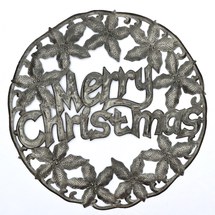
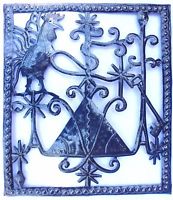

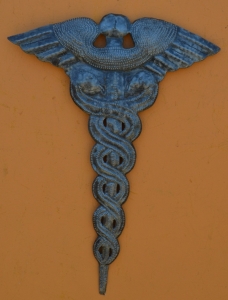
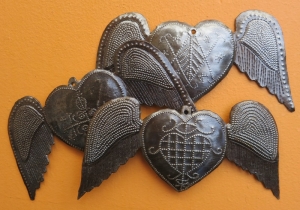
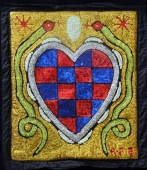
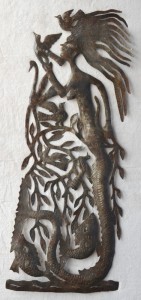
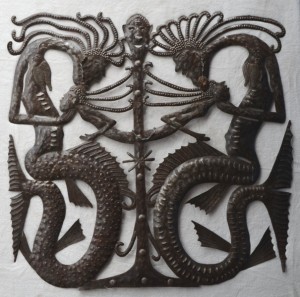
![BlackMadonna[1]](https://blog.itscactus.com/wp-content/uploads/2013/04/BlackMadonna1-201x300.jpg)
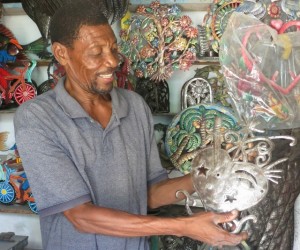
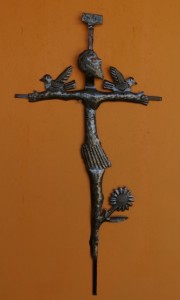
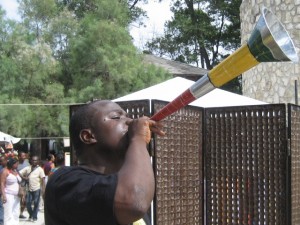
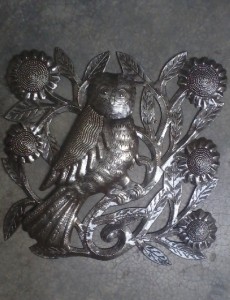
![il570xN264988494[1]](https://blog.itscactus.com/wp-content/uploads/2013/02/il570xN2649884941.jpg)
![2698[1]](https://blog.itscactus.com/wp-content/uploads/2012/12/26981-295x300.jpg) I wasn’t going to do this. I was going to do four articles on Voodoo. Four. No more. But to ignore the whole idea of zombies in four articles on Voodoo would be to ignore the elephant in the room. OF COURSE THERE ARE ZOMBIES IN VOODOO! I just wasn’t going to go into zombies because I thought they were too creepy and “out there,” running contrary to the kinder, gentler side of Voodoo practice that I was trying to convey. But then I read an article entitled, “A Zombie is a Slave Forever,” in the Oct. 30, 2012 edition of the New York Times by Amy Wilentz. A journalist and professor of literary journalism at UCal-Irvine, Wilentz described zombies so reasonably that they became, to me at least, more historically interesting than creepy. So here we are, with a fifth and absolutely final article in the “Voodoo Inspired” series. (Really.)
I wasn’t going to do this. I was going to do four articles on Voodoo. Four. No more. But to ignore the whole idea of zombies in four articles on Voodoo would be to ignore the elephant in the room. OF COURSE THERE ARE ZOMBIES IN VOODOO! I just wasn’t going to go into zombies because I thought they were too creepy and “out there,” running contrary to the kinder, gentler side of Voodoo practice that I was trying to convey. But then I read an article entitled, “A Zombie is a Slave Forever,” in the Oct. 30, 2012 edition of the New York Times by Amy Wilentz. A journalist and professor of literary journalism at UCal-Irvine, Wilentz described zombies so reasonably that they became, to me at least, more historically interesting than creepy. So here we are, with a fifth and absolutely final article in the “Voodoo Inspired” series. (Really.)![2637[1]](https://blog.itscactus.com/wp-content/uploads/2012/12/26371-163x300.jpg)
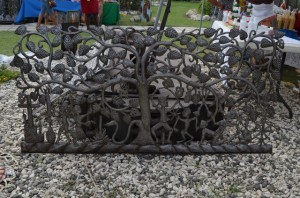
![images[4]](https://blog.itscactus.com/wp-content/uploads/2012/12/images41.jpg)